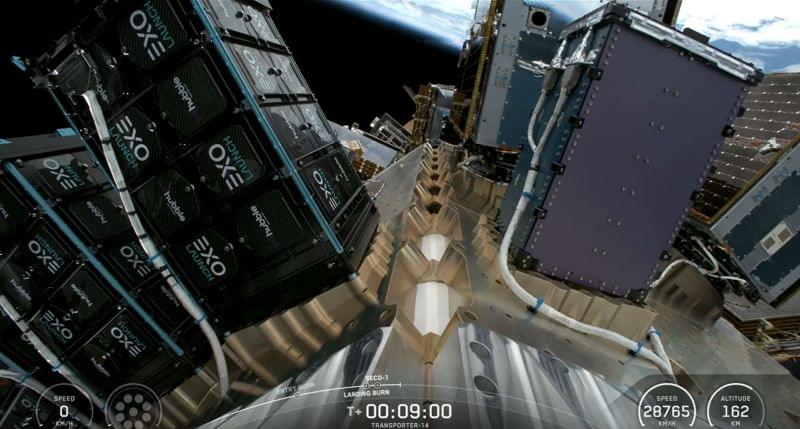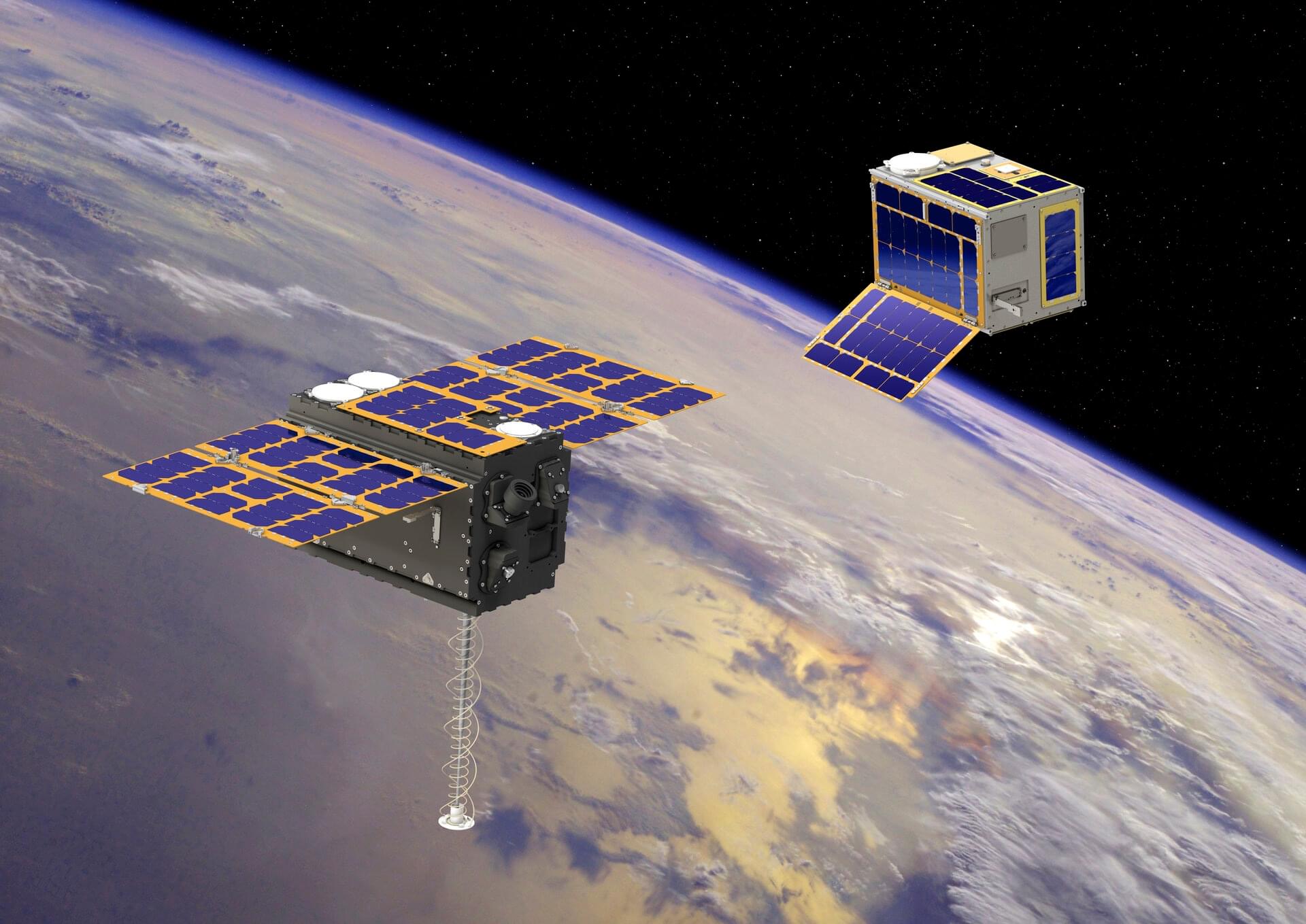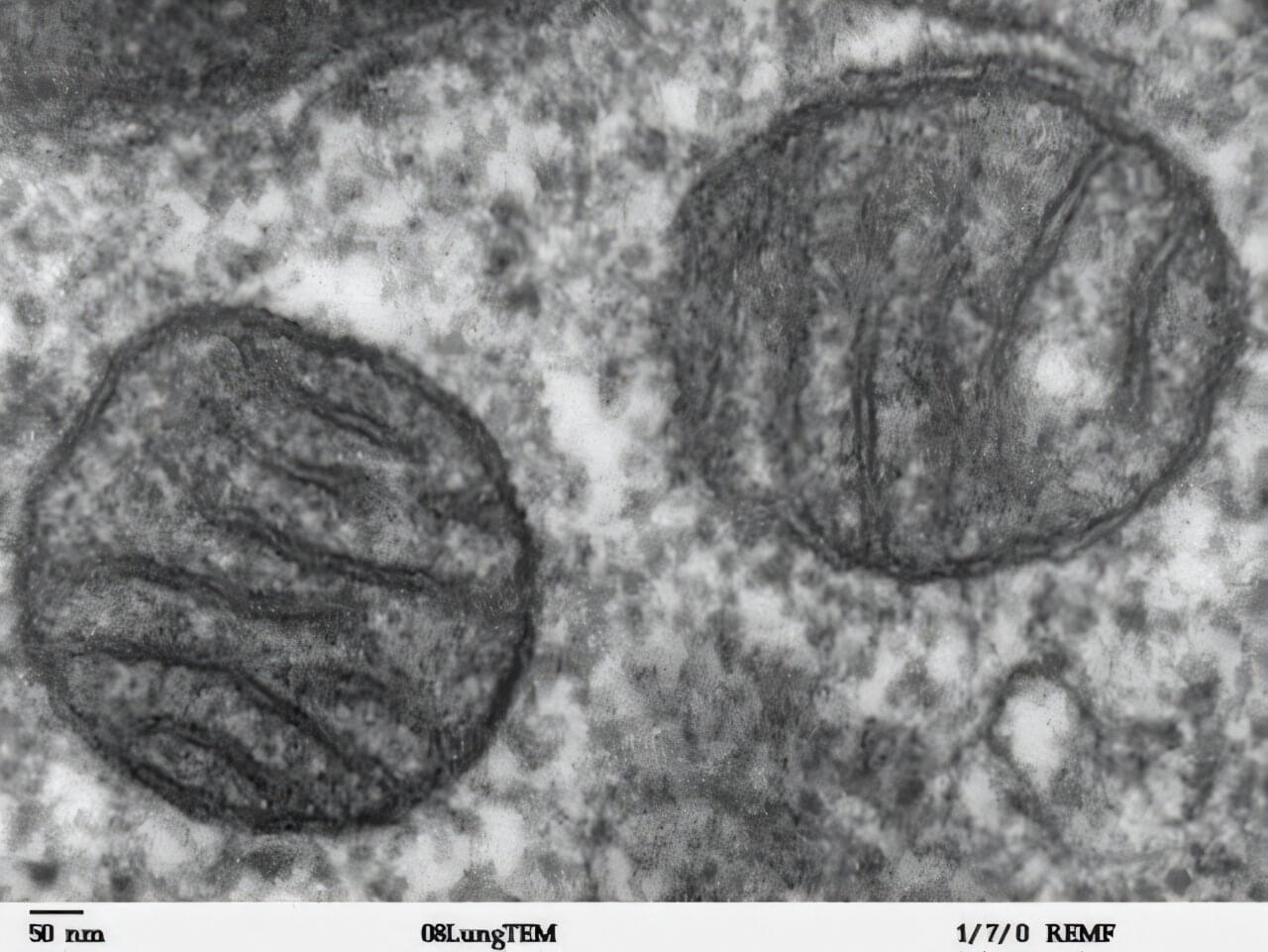Researchers have uncovered how losing the autism-linked gene PTEN in a specific set of inhibitory neurons reshapes brain circuits tied to fear and anxiety.



A new gene therapy delivery device could let hospital pharmacies make personalized nanomedicines to order. This democratized approach to precision medicine, as published in Frontiers in Science, could revolutionize how hospitals treat rare diseases, even in low-resource settings.
Rare diseases affect millions worldwide, yet the one-size-fits-all model of drug development leaves patients with few treatment options. Now a European research project called NANOSPRESSO aims to tip the balance in patients’ favor by boosting access to low-cost bespoke gene and RNA therapies.
The prototype NANOSPRESSO device combines two proven technologies— nucleic acid therapeutics and lipid nanoparticles—into a portable manufacturing unit. Hospital pharmacists could use the unit to prepare sterile, injectable nanomedicines tailored to the specific genetic abnormality causing the patient’s condition, bypassing the need for centralized drug production.

In-space manufacturing is a relatively new field that seeks to utilize the unique characteristics of outer space and/or low-Earth orbit to achieve fabrication methods not possible on Earth. Space Forge’s primary goals are to produce semiconductors for data center, quantum, and military use cases, using “space-derived crystal seeds” to initiate semiconductor growth, utilizing unlimited vacuum and subzero temperatures for manufacturing, and then returning the chips to Earth for packaging.
The ForgeStar-1 satellite will not bring the cargo it manufactures back to Earth at the completion of its mission. Acting more as a proof-of-concept and prototype for a litany of technologies engineered by Space Forge, the satellite will be tasked with running through the successful application of key technologies for in-space manufacturing, and will end its mission with a spectacular fireball.
Space Forge plans to test both the best-case and worst-case scenarios for the satellite’s recovery. First, it will deploy its proprietary Pridwen heat shield and on-orbit controls to steer the satellite, and then test its failsafe mechanism, which involves disintegrating the craft in orbit.

Berkeley unveils a $5K open-source humanoid robot built from 3D-printed parts, empowering anyone to learn, build, and customize robotics.

WASHINGTON — Rocket Lab will launch a pair of European navigation technology demonstration satellites, as Europe again is forced to look outside the continent for launch services.
Rocket Lab announced June 25 it received a contract from the European Space Agency for the launch of two smallsats to test a proposed future low Earth orbit positioning, navigation and timing, or LEO-PNT constellation. Rocket Lab will launch the satellites on an Electron from its New Zealand launch complex no earlier than December.
The Pathfinder A satellites, one built by GMV and the other by Thales Alenia Space, are the first for a 10-satellite constellation intended to demonstrate LEO-PNT. The satellites will be launched into orbits of 510 kilometers.



Researchers have discovered that the most aggressive melanomas, the deadliest form of skin cancer, overactivate two key processes in mitochondria, the components of cells that provide energy. Blocking these pathways with currently available drugs effectively killed melanoma cells.
The findings are published in Cancer.
By mapping the proteins expressed in 151 tumor and normal skin samples, investigators found that the most aggressive melanomas hyper-activate the machinery that builds mitochondrial proteins and the mitochondrial system that turns nutrients into energy.
